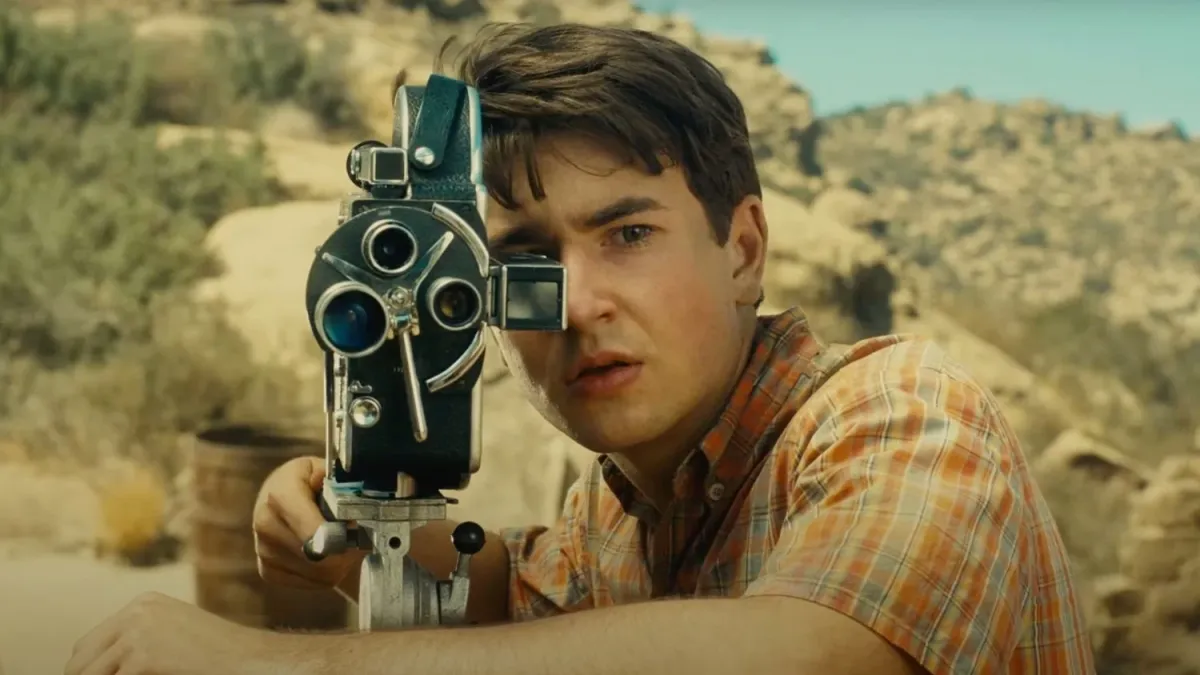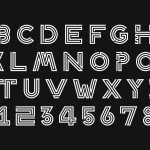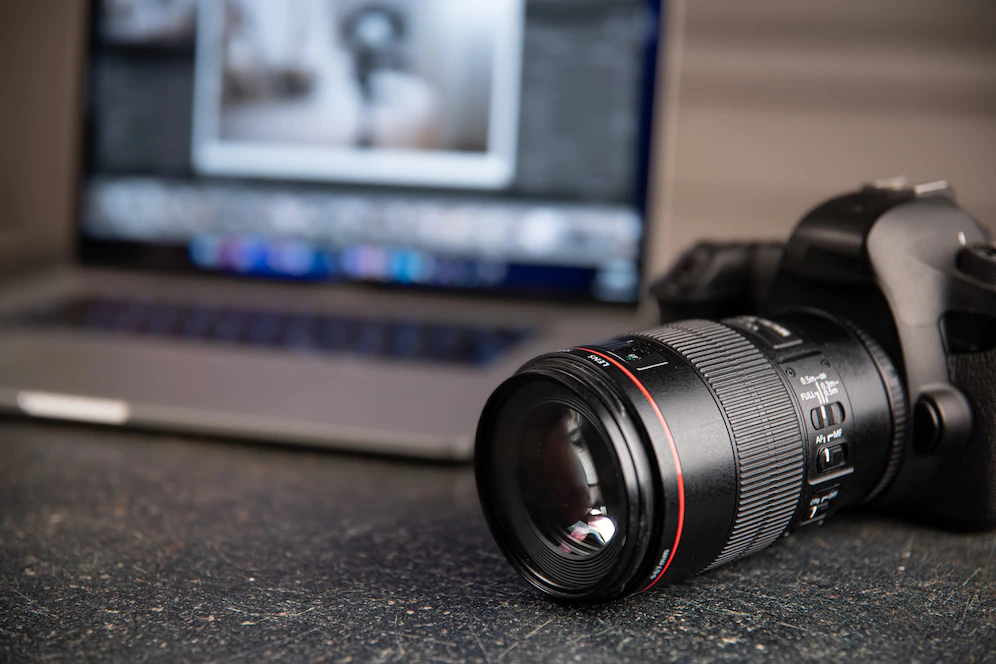Film, an artistic medium that has long held a significant place in cultural narratives worldwide, is shaped as much by its past and future. Vintage Super 8 films, produced with a primitive yet pure analog method, played a pivotal role in creating the modern film industry. From refining techniques to experimenting with narratives, old movies have shaped today’s cinema. Converting Super 8 films into modern formats has not only preserved this rich history but also opened up new opportunities for inspiration.
Table of Contents
Evolution of Film Techniques
Film techniques have evolved significantly over the years. The art of digitization has allowed us to appreciate how these vintage films utilized and innovated techniques. This process has offered a deeper understanding of the craft, leading to more refined filmmaking.
The single-shot sequences in old silent movies laid the groundwork for modern directors to craft thrilling long-take scenes. The staging of grand scenes in epics like ‘Ben-Hur’ continues to inspire the way action sequences are choreographed today. These vintage Super 8 films, now accessible through conversion, are treasure troves of ideas and techniques that modern filmmakers constantly learn from.
Narrative Innovations
The era of old movies was a time of immense narrative experimentation. These films set precedents for novel storytelling techniques. Flashbacks in ‘Citizen Kane’ influenced nonlinear storytelling, as seen in movies like ‘Pulp Fiction.’ The pioneering use of visual metaphors in Fritz Lang’s ‘Metropolis’ sparked a paradigm shift in how filmmakers communicate ideas visually.
Converting Super 8 films has made these narrative innovations accessible to modern filmmakers, offering them a chance to study and reinvent these concepts in contemporary contexts.
Genre Transformations
Classic films have indelibly shaped the characteristics of various genres. Horror films of the ’30s, like ‘Frankenstein,’ laid the groundwork for atmospheric horror, while Film Noir from the ’40s and ’50s created a blueprint for modern thrillers and detective stories.
These archetypal genre elements seen in vintage Super 8 films have undergone numerous transformations over the years, with each new generation of filmmakers adding their unique touch while preserving the essence of the original genre.
Visual Aesthetics and Production Design
Visual aesthetics and production design are two aspects where old films have left a timeless impact. The stark contrasts of German Expressionist films influence the aesthetic of many modern psychological thrillers. At the same time, the grandeur of the Golden Age of Hollywood continues to inspire production design in period dramas.
Converting Super 8 films has opened up an avenue for filmmakers to delve into these visual aesthetics, leading to a renewed appreciation and application of these classic elements in modern cinema.
Sound and Music
The transition from silent films to talkies brought about a revolution in how stories were told, creating new ways of combining visuals with sound and music. Classic films like ‘Gone with the Wind’ or ‘The Sound of Music’ demonstrated how soundtracks could elevate a movie’s emotional resonance.
Conclusion
The influence of old movies on modern filmmaking is undeniable. We are not only preserving a significant part of our cultural heritage but also continually inspiring and informing modern filmmaking techniques, narratives, and aesthetics. These vintage films, therefore, serve as a bridge between the past and the future of cinema, revealing how the old can be reimagined into the new and keeping the cycle of cinematic innovation alive.









